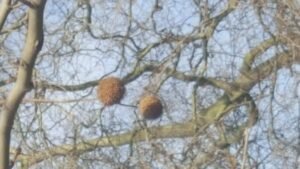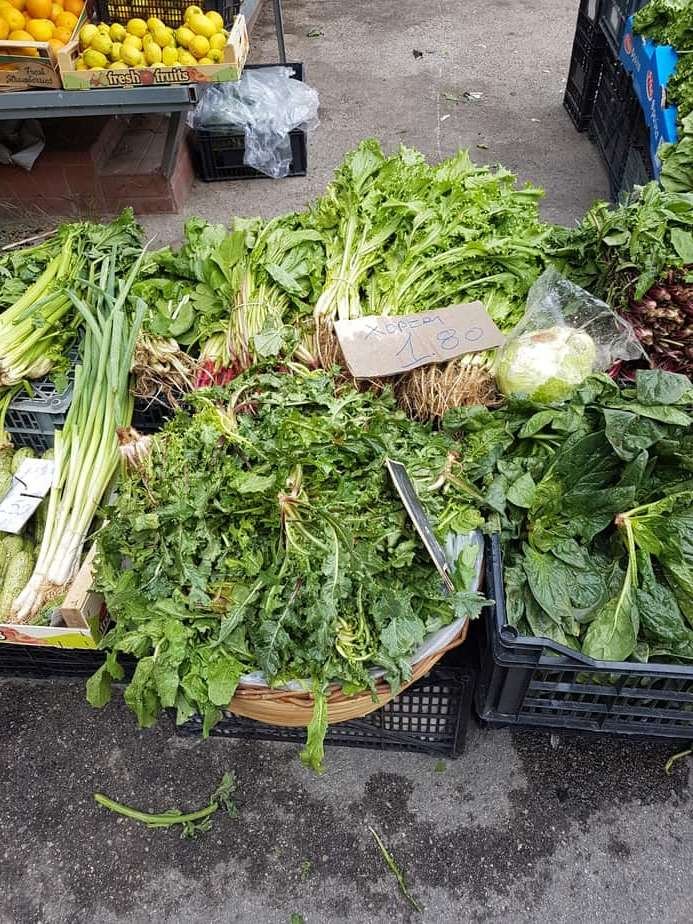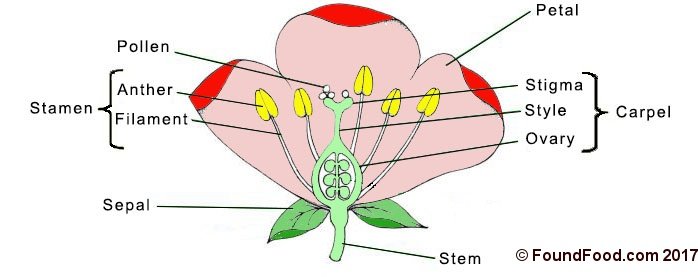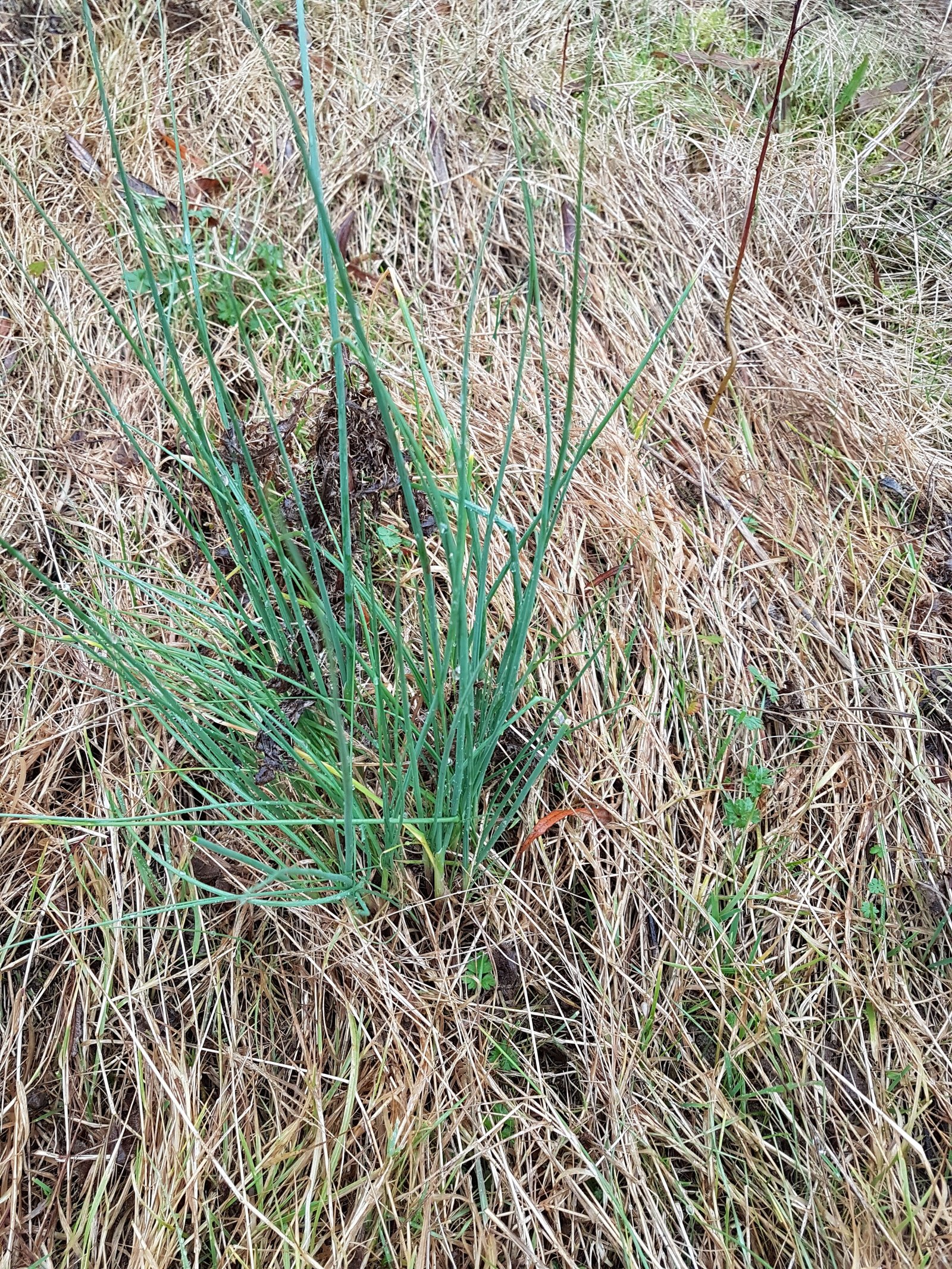London Plane Tree (Platanus × acerifolia)
Whilst the London Plane tree is of no use when foraging for food and drink; And as far as I’m aware, not especially useful for bushcraft; given that it accounts for probably half of the large trees in London, I think it’s worth being able to identify, if only for the purpose of elimination. Environmentally speaking, they are very useful as they grow very tall and have a natural ability to absorb pollution from the air (no wonder they’re planted so much in London!)
I was in Island Gardens when I found myself surrounded by them. Apparently Berkeley Square is also a good place to see them.

London Plane Identification
Luckily, it is one that is pretty easy to identify, even in winter. The bark is the thing that stands out the most, being a sort of urban camouflage. It is a smooth, but flaky bark, with the flaky scales often being coloured mottled green, brown, olive and grey. When the tree gets older, the lower parts of the trunk can appear more fissured/grooved, but the usual pattern will continue higher up.


As well as the bark, the fruit often remain on the tree through to spring, and they are small, spiky balls of 2 to 3 cm diameter.











Leave a Reply
Want to join the discussion?Feel free to contribute!